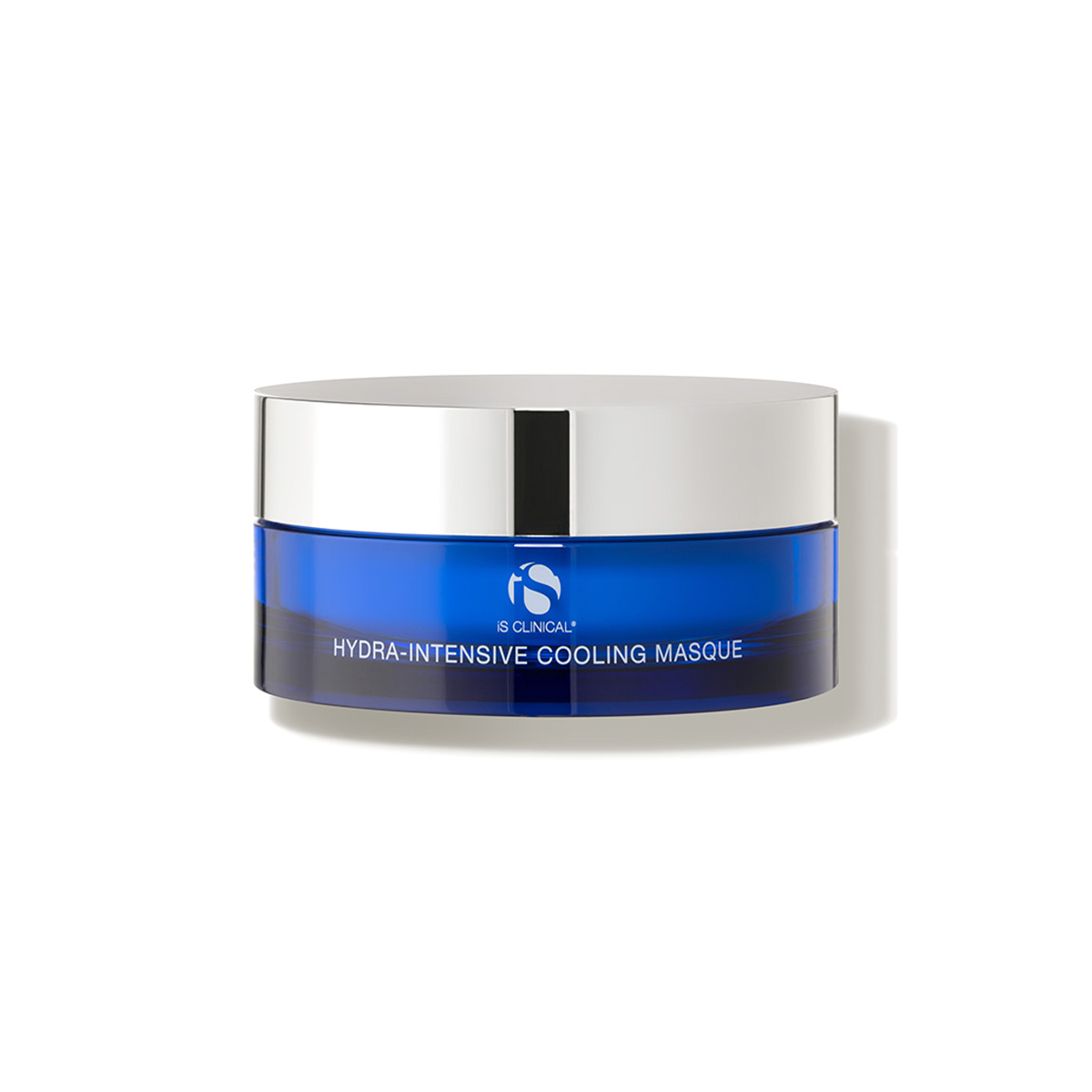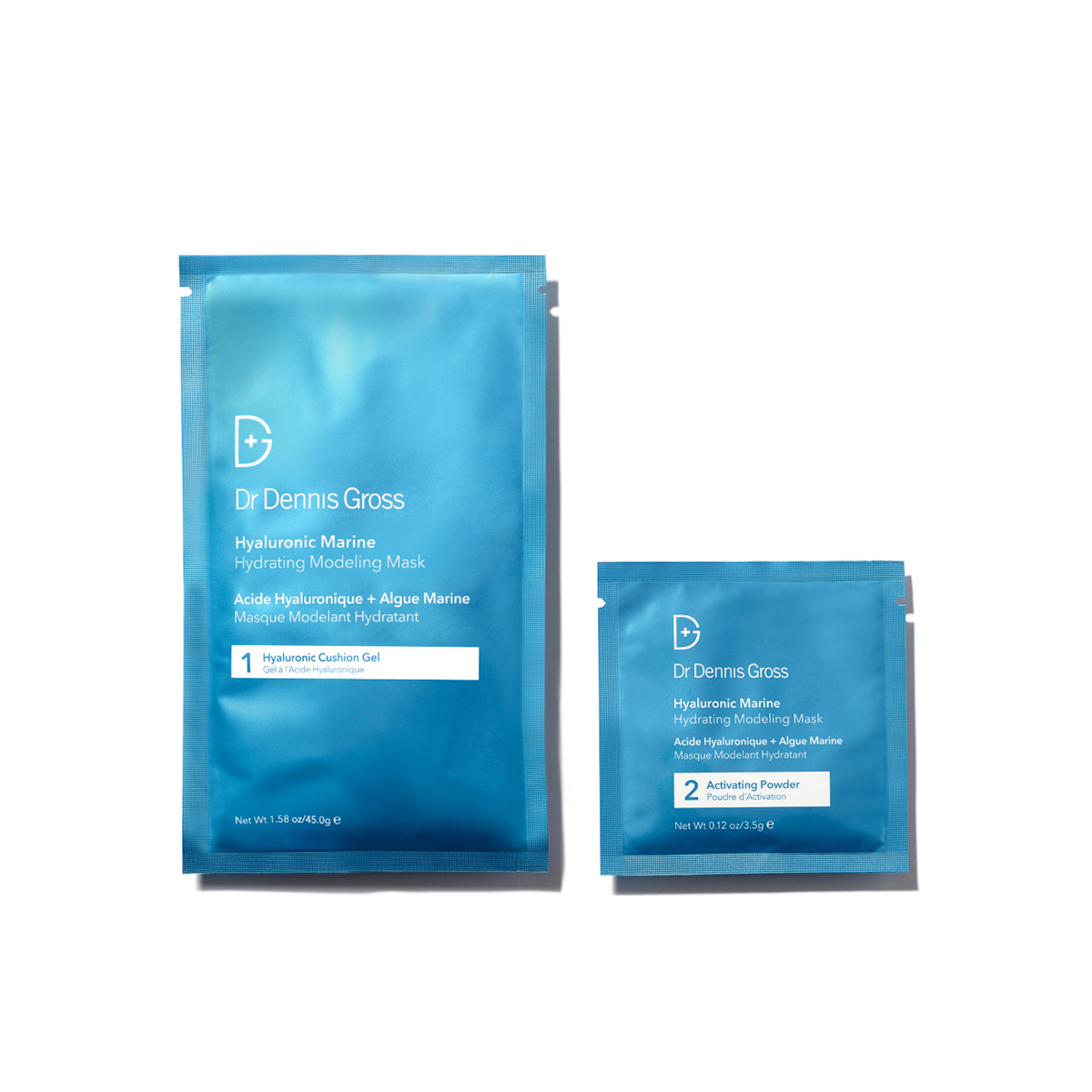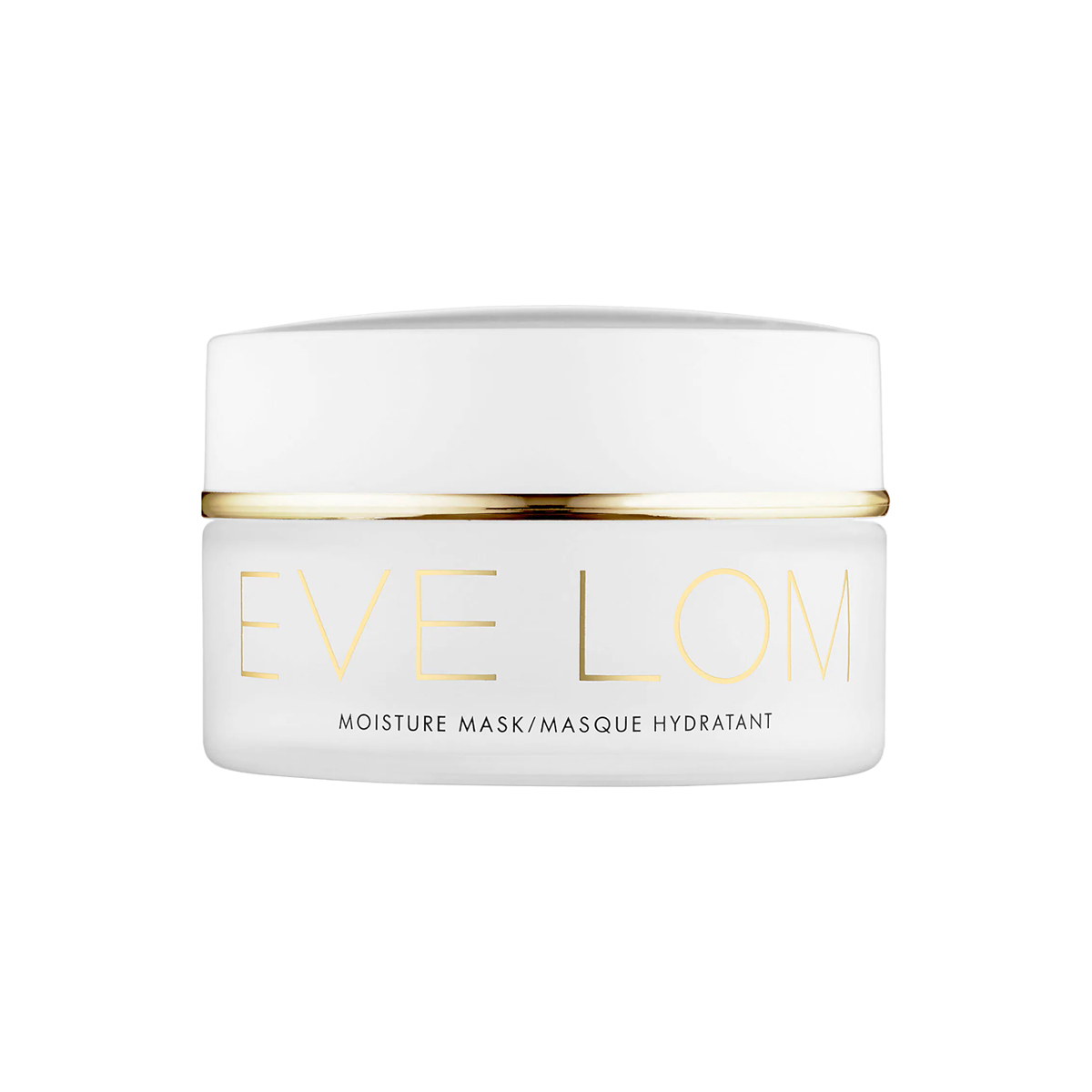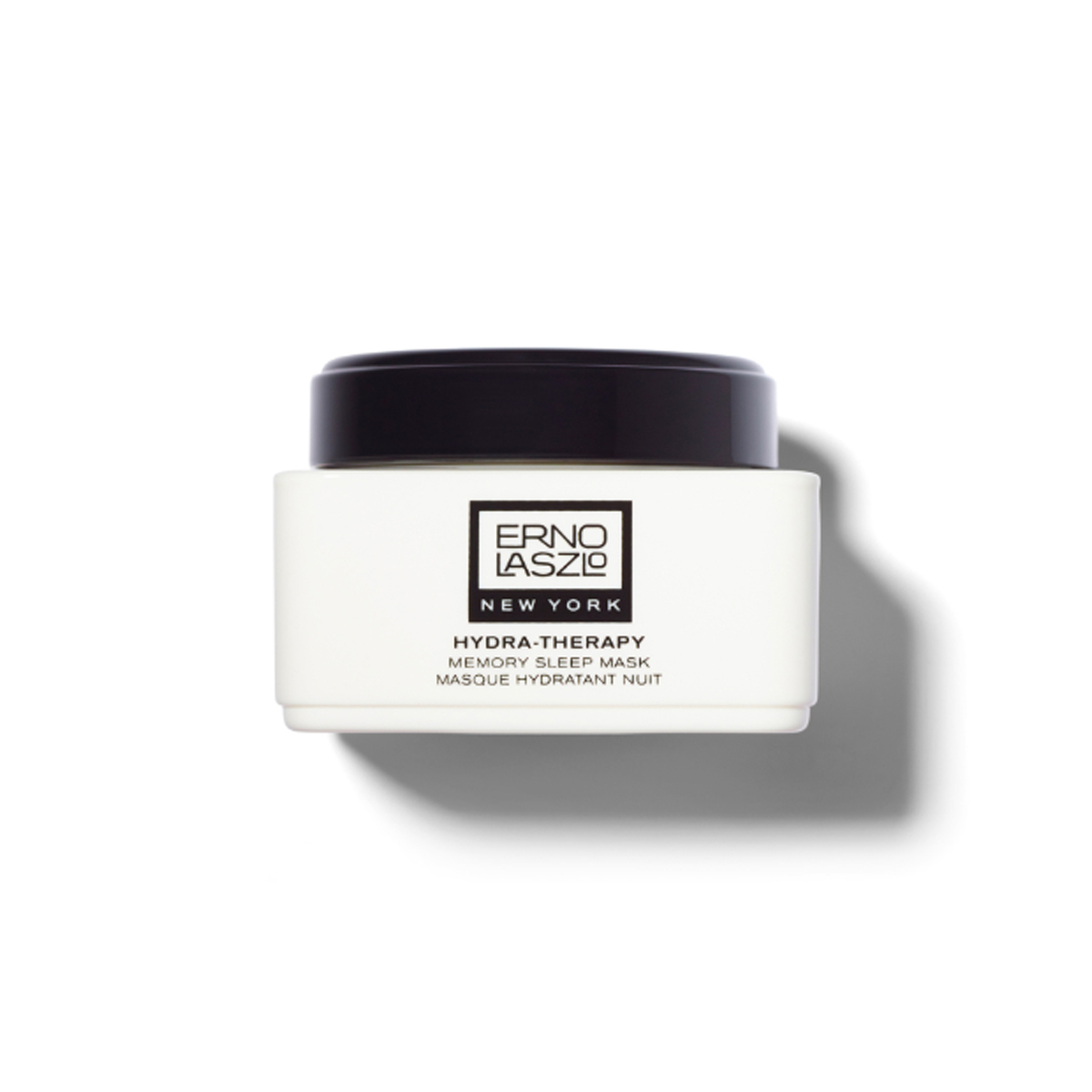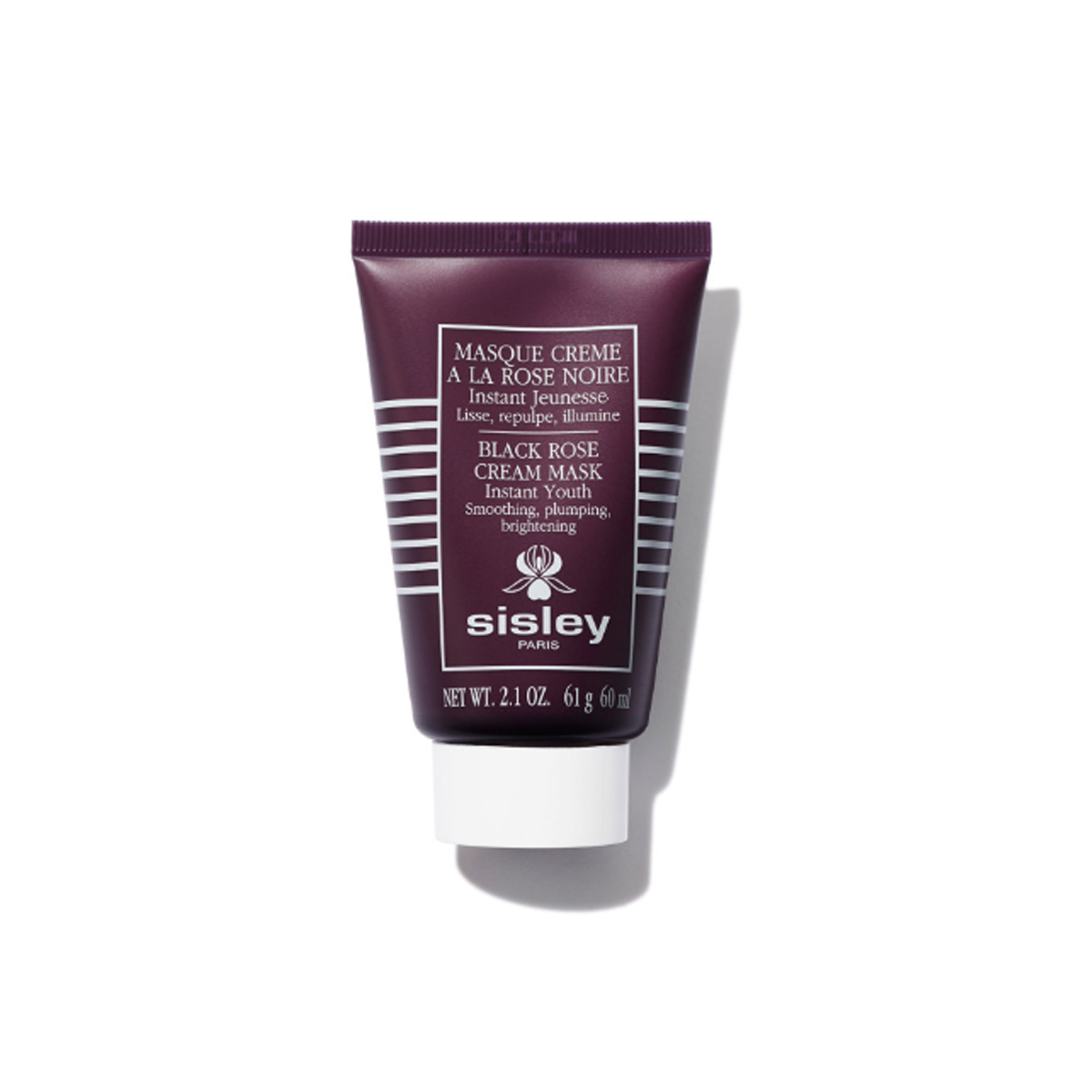These 5 Face Mask Ingredients Can Dry Out Your Skin—Here's What to Use Instead

Of all the wonderful skincare products at our disposal, face masks always rank high on the list of must-haves. Not only is the physical act of applying a thick layer of miracle-goo practically #selfcare personified, but the tangible improvements these concoctions impart are enough to make you do a double-take.
These days, there really is a face mask for any skincare goal you're pursuing. Whether you have acneic skin, are struggling with dullness, or even looking to smooth your skin texture, there's likely a formulation on the market that can help. Since we're still in the throes of a very dry season, our masking sights are currently set on hydrating face masks for a supple, quenched epidermis.
To help us pinpoint the best hydrating face masks out there, we called on celebrity esthetician revered in Hollywood as "The L.A. Facialist" Candace Marino as well as esthetician and founder of Klur Skincare, Lesley Thornton. These two experts specialize in helping their clients achieve glowing, quenched skin, so we got them to weigh in on the dying ingredients that derail our hydration goals, as well as the best ones to reach for instead. Check out their tips ahead.
What Are the Most Drying Ingredients Found in Face Masks?

Drying Ingredient #5: Mud
"Almost all clays and muds are going to be oil-absorbing, which can cause dryness if overused," Marino says. "Blending them with another hydrating mask will not only keep mud masks from drying out, but it will also improve the texture and ensure easy removal."
Drying Ingredient #4: Sodium Bicarbonate
Also known by its common name, baking soda, sodium bicarbonate is a synthetic salt compound found in many skincare products. When used sparingly, it's believed to be safe for use on the skin, but overuse can lead to problems. "It alters skin's natural pH levels and strips its natural oils, which can dramatically reduce the skin's ability to retain moisture," Thornton explains.
Drying Ingredient #3: Sodium Lauryl Sulfate
This alcohol-derived surfactant is commonly used as a cleansing agent in skincare products. Thornton points out the red flag that it's highly sensitizing to the skin, which can lead to all kinds of issues. "It's technically safe for skin, but on some, it can be a very harsh irritant and is a common skin allergen," she says.
Drying Ingredient #2: Specially Denatured Alcohols
"Not all alcohols are bad nor drying, so you should read your ingredients and do a quick google search if you aren't sure [about a particular alcohol]," Thornton insists. Fatty alcohols, like cetyl alcohol, for example, are actually super beneficial to the skin. SD alcohols are the drying kind, though. They can give products that quick-drying effect and mimic fast absorption, but the truth is that they're highly volatile and can zap the moisture right out of your skin. Thornton says that the key drying SD alcohols to avoid are ethanol alcohol, isopropyl alcohol, and methyl alcohol.
Drying Ingredient #1: Clay
Marino says that clay masks and many of the components typically included in the formulations can all lead to excessive dryness. "Kaolin, bentonite, charcoal, sulfur, and zinc are all going to be on the drying side. With this said, clay masks can be super beneficial," she explains. "I just always recommend not overdoing it—even for people with acneic skin—because when skin becomes too dry, it will have a massive rebound effect on the sebaceous glands and your skin will produce even more oil to compensate."
Hydrating Masks to Reach for Instead


"This is one of my favorite masks that instantly revitalizes dry, parched skin," says Marino. "Its lightweight formula goes to work overnight to nourish and soften the skin, so you wake up looking youthful and radiant. This is one of my travel must-haves. I don’t go anywhere without it!"
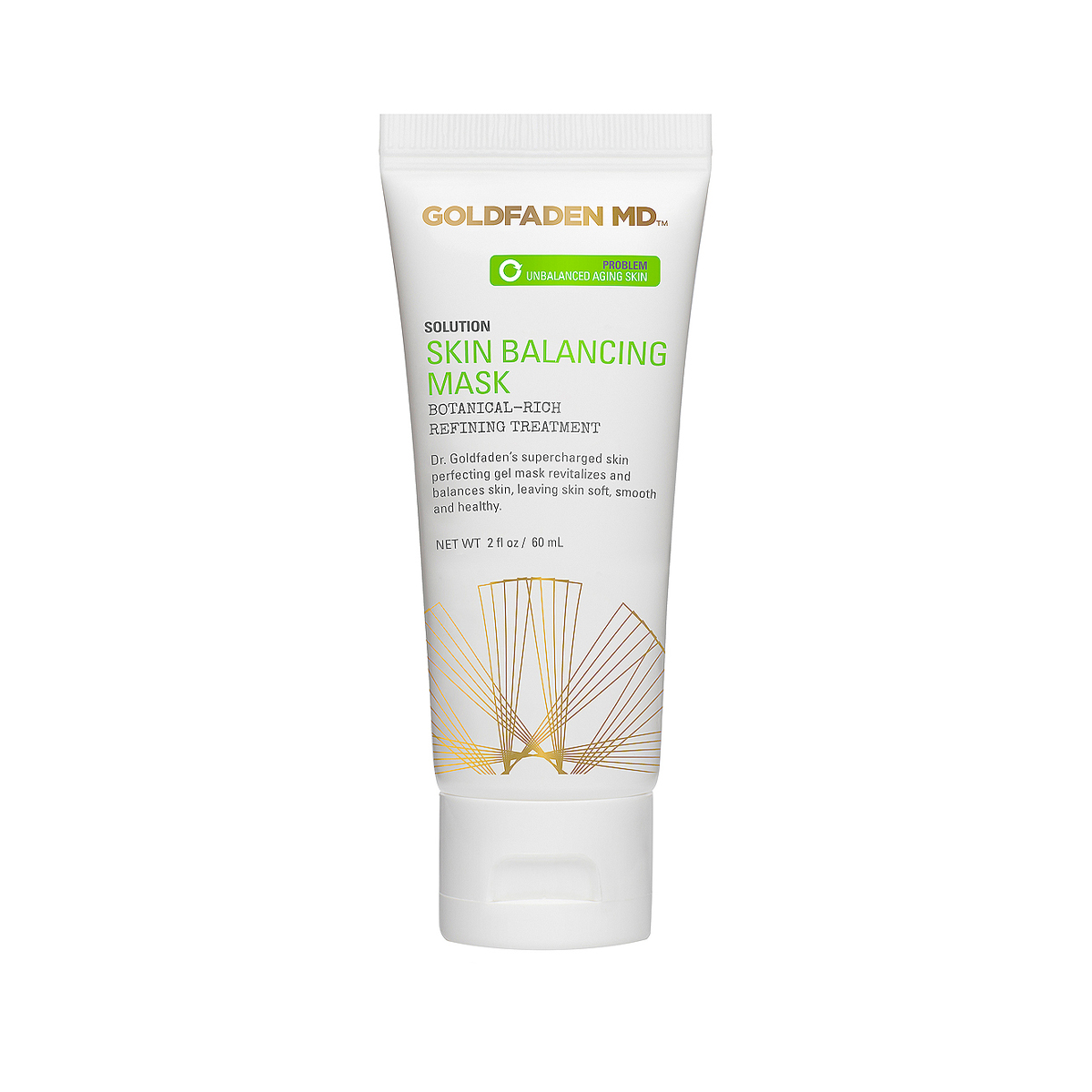
Plants enzymes are also on Thornton's list of must-have mask ingredients. "Derived from various fruits and plants, they gently exfoliate the skin by breaking down the keratin protein and dead skin cells, without disrupting the skin's pH level. This makes them less likely to cause irritation," she says.
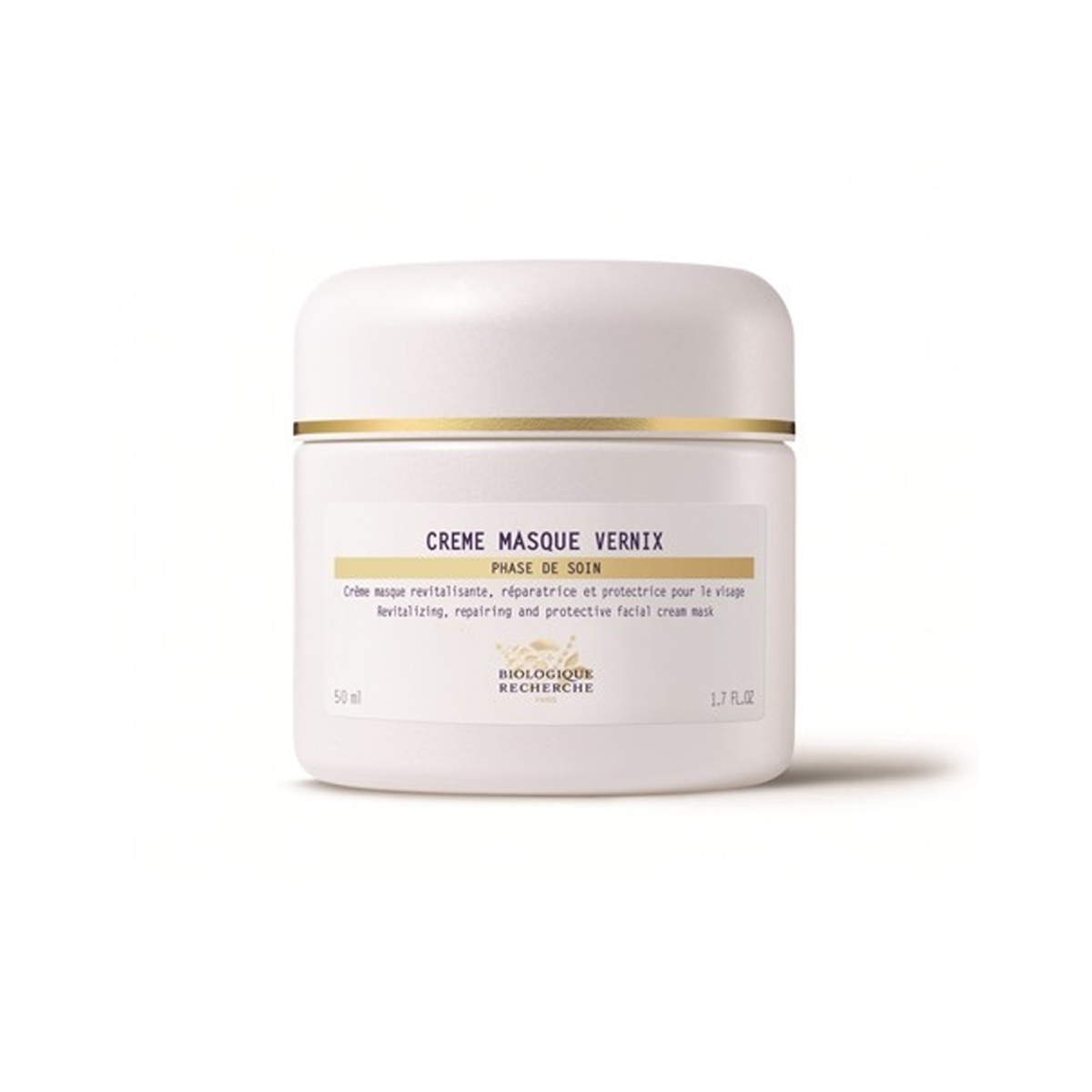
Marino also loves this super-hydrating Biologique Recherche mask. "Vernix is the white layer on a baby's skin when they're first born. It's incredibly protective and nourishing. This mask mimics the natural vernix with the use of fatty acids, lipids, and emollients that will replenish and restore dry skin. It can be used as a daily cream or applied in a thick layer as a mask."
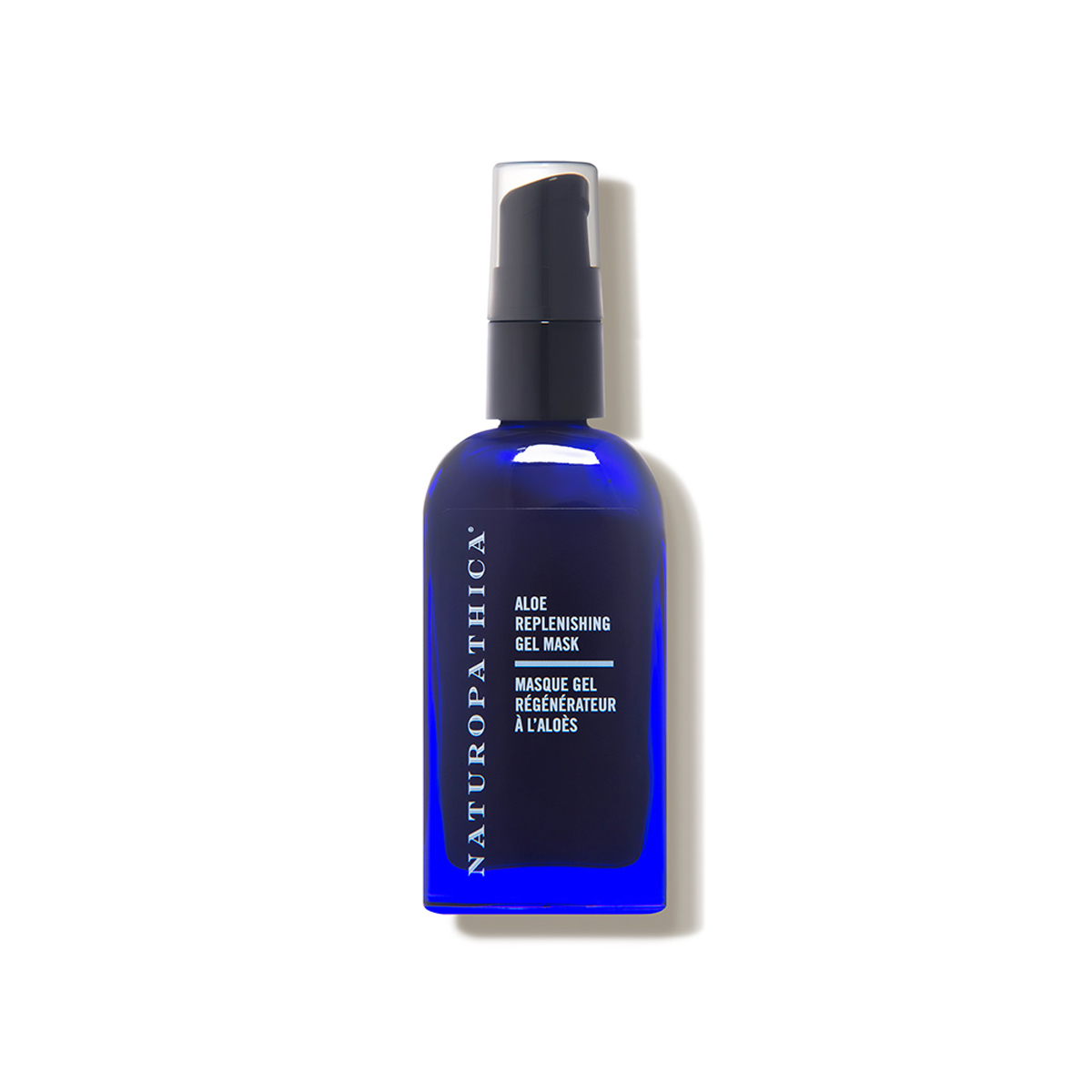
Thornton and Marino both love aloe vera gel for its deeply nourishing properties. "Made from the inner parts of the aloe vera plant, it’s abundant in water, vitamins, and polysaccharides, which are powerful healing compounds that help to hydrate and restore balance to skin", says Thornton. Marino adds that she encourages her clients to mix organic aloe into their clay and mud-based masks to ease their drying effects.
Discover More Editor-Approved Hydrating Masks

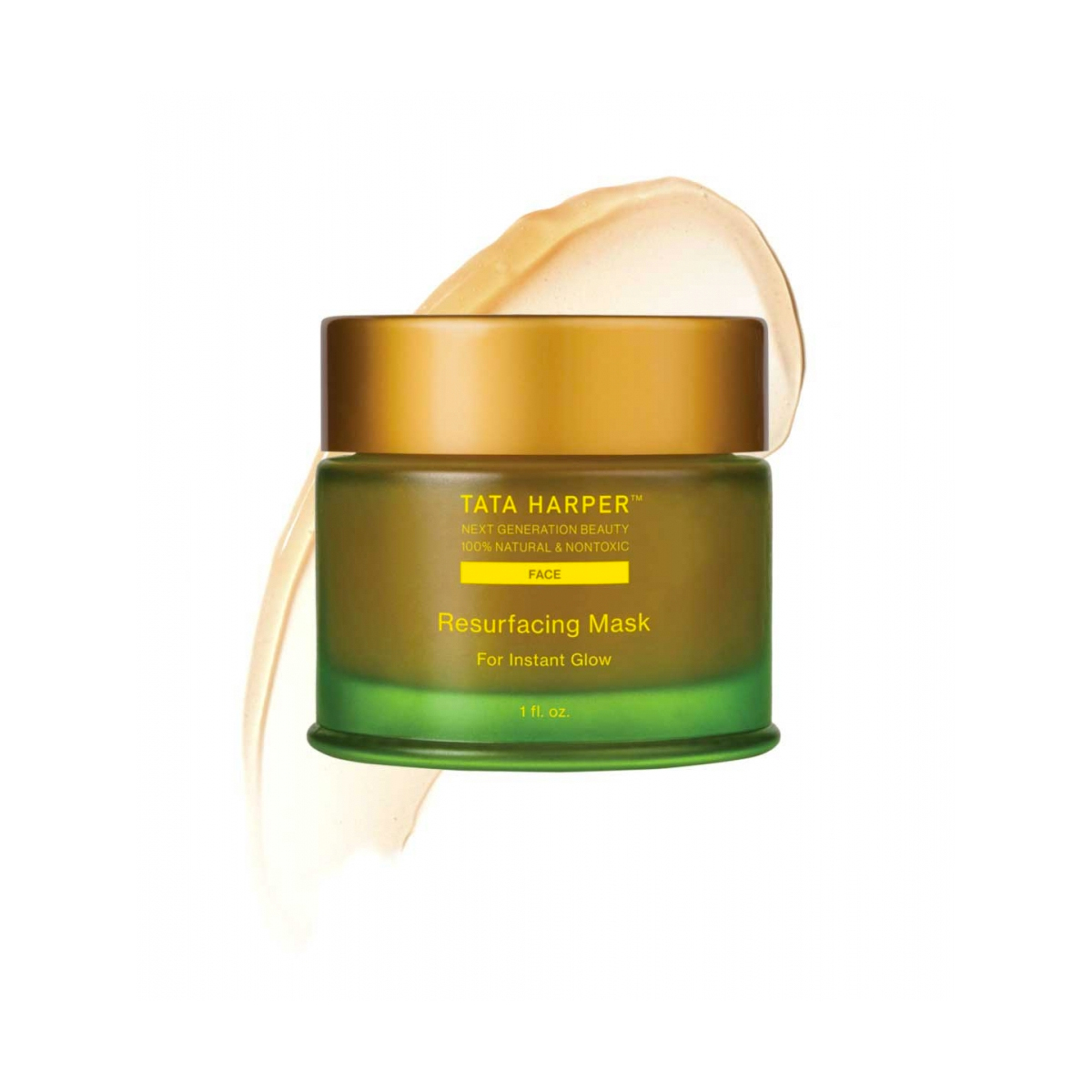
Marino points out that an important part of skin hydration is proper exfoliation to remove dead skin cells that can hinder the absorption of all those wonderful nutrients in your skincare. This resurfacing mask from Tata Harper is both gentle and effective. Plus, it instantly smooths the skin.
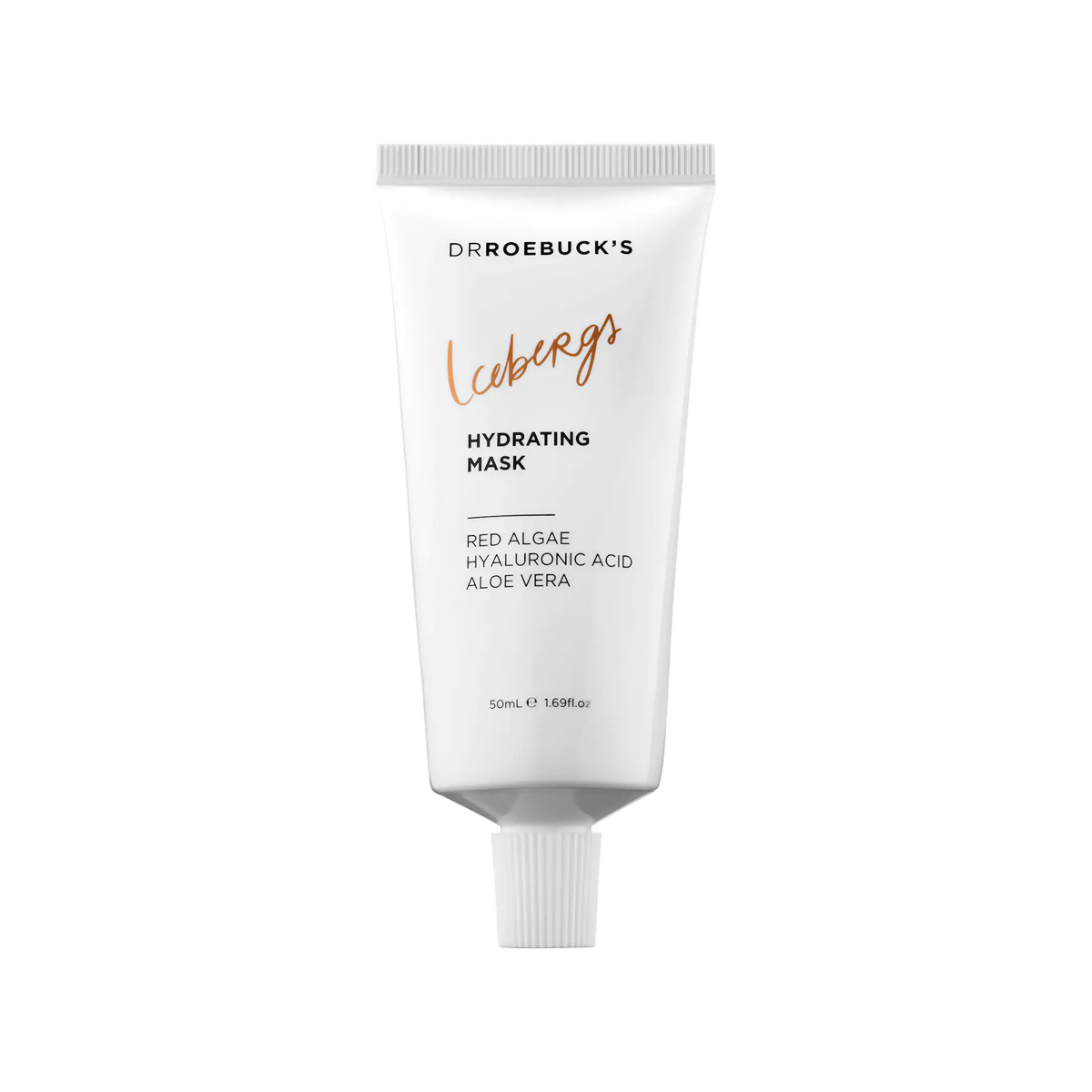
Red algae, hyaluronic acid, aloe vera, and chamomile make this mask a must-have for relieving dry skin.
Up next, this part of your skincare routine is essential, and most people skip it.
Courtney Higgs is a Cancer sun, Libra rising beauty enthusiast with six years of experience in the editorial space. She was previously Who What Wear's associate beauty editor after spending many years working at InStyle Magazine. She graduated from California State University, Northridge, with a BA in communication studies and pivoted to editorial after spending her college years working in the legal field. Her beauty philosophy is simple: She believes there are no wrong answers and that discovering our favorite beauty products and rituals is a journey, not a sprint. When she's not geeking out over products, she can be found adventuring around L.A. with her fiancé; watching reality TV with their French bulldog, Bernie Mac; or relating way too hard to astrology memes.



